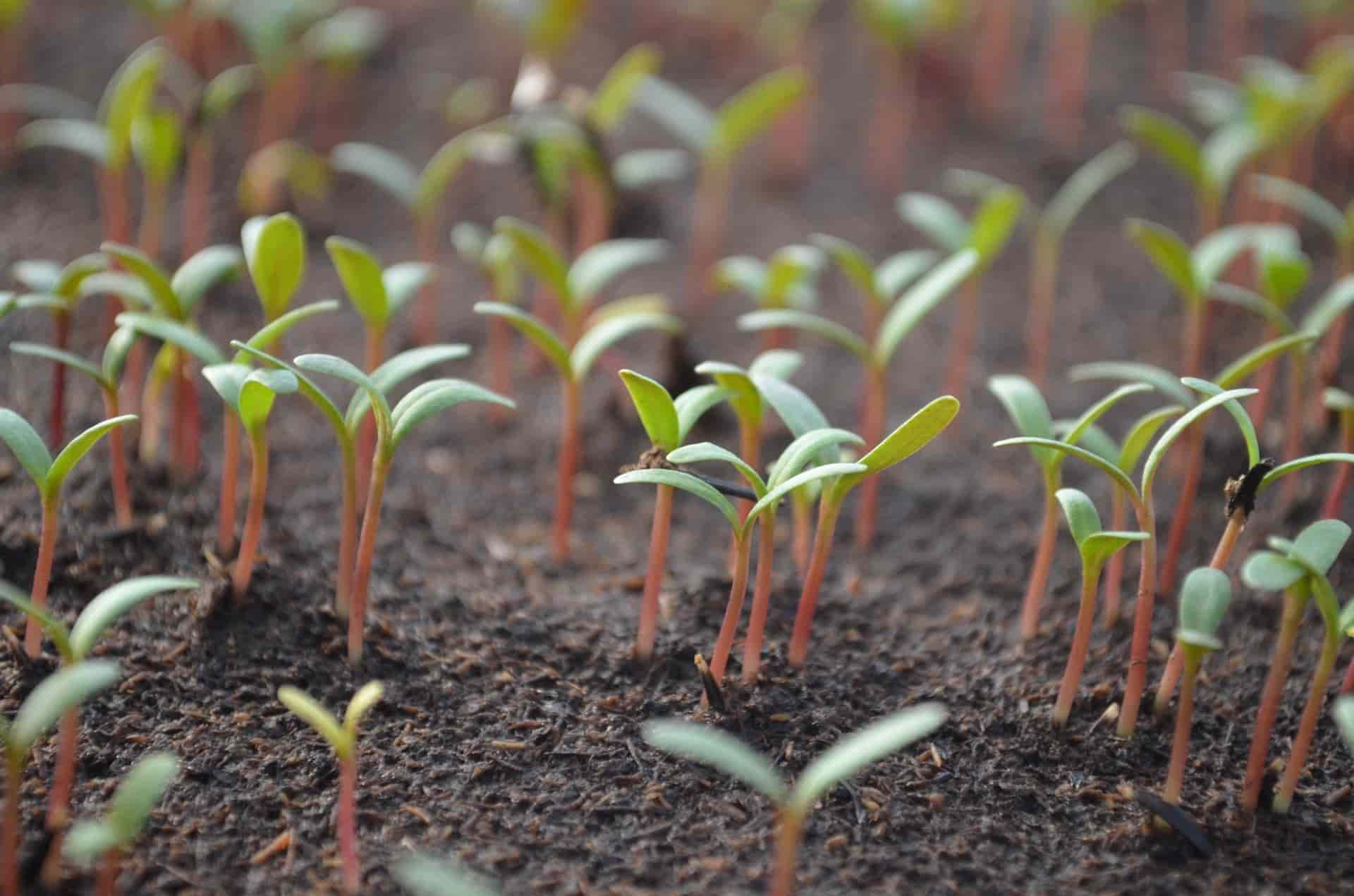
Germination of vegetable plants
Our tips to ensure your seeds germinate every time
Contents
Spring is here… at least on the calendar! Slowly, nature is waking up, the sun’s rays are beginning to warm the air. The need to get back into the vegetable patch is growing day by day. Likewise, gardeners’ urge to sow is growing. However, the well-known moral of a La Fontaine fable applies to impatient gardeners: there’s no point in rushing; you must set out in good time! Why? Quite simply because germination of vegetable plants is governed by soil temperature and light requirements that differ greatly from one vegetable to another. Likewise, germination time after sowing varies according to the seeds. Follow all our advice to ensure successful germination of vegetable seeds every time. And enjoy plentiful harvests!
Importance of germination for vegetable seeds
Put simply, good germination of your sown vegetable seeds determines quality and quantity of your vegetable harvests. These small seeds are the promise of colourful, healthy and flavourful vegetables, provided they are given ideal conditions to develop, germinate and give rise to a future vegetable plant. And on this point, no seed is the same as any other.
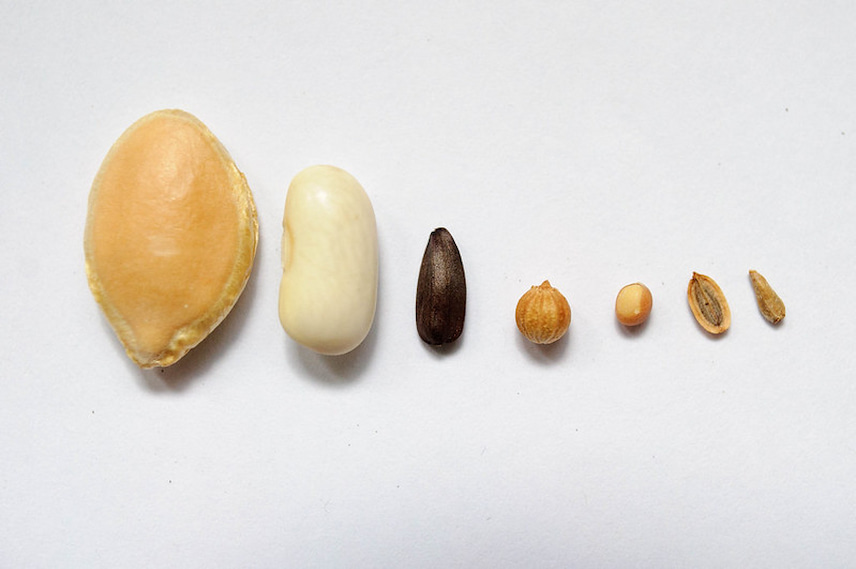
At first glance, they are obviously distinguished by size, shape or colour of their protective seed coat. But beyond these visible clues to the trained eye of a gardener, seeds differ in germination time, longer or shorter depending on vegetable variety, in their light requirements and in the temperature at which they trigger the germination process. Only if these conditions are optimal will the small seed become a healthy, vigorous vegetable.
What exactly is germination?
If one had to sum up, one could compare a seed to an embryo, bearer of the vegetable plant’s genetic heritage, enclosed in a covering called integument. When soil moisture and temperature conditions are ideal, the embryo grows and the integument softens. A sprout soon appears, frees itself from its covering and grows in turn to produce roots, a stem and leaves.
For this first stage of the long process of germination to start smoothly, the seed therefore needs ideal soil temperature and an environment sufficiently moist to germinate. However, soil must not be too sticky, a sign it is still saturated with winter moisture.
The soil must also be warm enough and reach a temperature of at least 7 to 8°C for gardeners to sow certain seeds such as carrots, broad beans, radishes or spinach. Other seeds are much more delicate and require considerably higher temperatures. To know soil temperature, some gardeners use a thermometer pushed into the soil. Others observe surrounding nature (phenological indicators), always a great source of insight. Thus, forsythia blooms when soil reaches 6°C, daffodils open when soil temperature is around 12°C, lilacs and cherry trees are covered in flowers when soil reaches 15°C and, by the time roses come into bud, soil has reached about 20°C.
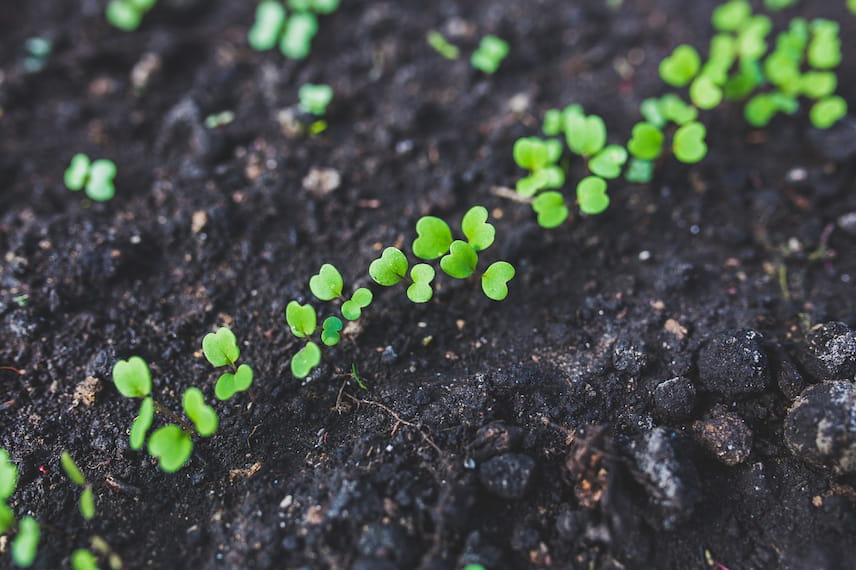
To germinate, a seed needs soil warm enough
If you do not meet these germination criteria or sow too early, seeds risk rotting or contracting diseases. They may also become a feast for birds or insects. And you can kiss goodbye to hopes of a good vegetable crop.
Discover other Vegetable seeds
View all →Available in 1 sizes
Available in 1 sizes
Available in 1 sizes
Available in 1 sizes
Available in 1 sizes
Available in 1 sizes
Available in 1 sizes
Available in 1 sizes
Available in 1 sizes
Available in 1 sizes
Ideal temperature and germination time for common vegetables
To germinate and emerge, a seed needs water and a sufficiently warm soil temperature. Discover with us the temperatures and germination times for the main vegetables.
To reduce germination time, some seeds can be soaked in water for 24 hours before sowing. This softens their seed coat and germination will be quicker. Try with seeds of beans, carrots, sweetcorn, peas and squashes. As for seeds of beans, melons and squashes, which have a particularly tough, hard seed coat, they can also be incised.
| Vegetables | Minimum germination temperature | Germination time in open ground | Germination time under cover |
| Artichoke | 21 °C | 15 to 20 days | 6 to 14 days |
| Aubergine (Eggplant) | 24 °C | 8 to 14 days | 8 to 10 days |
| Basil | 15 °C | 6 to 10 days | 6 to 7 days |
| Chard (Silverbeet) | 15 °C | 7 to 10 days | 5 to 8 days |
| Beetroot | 10 °C | 8 to 10 days | 6 to 8 days |
| Cardoon | 12 °C | 8 days | 4 to 5 days |
| Carrot | 7 °C | 10 to 15 days | 5 to 8 days |
| Celeriac and celery | 15 °C | Around 25 days | 8 to 10 days |
| Chervil | 12 °C | 10 to 14 days | 6 to 8 days |
| Curly endive | 18 °C | 6 to 8 days | 2 to 3 days |
| Broccoli | 10 °C | 10 to 12 days | 8 to 10 days |
| Brussels sprouts | 10 °C | 4 to 8 days | 3 to 4 days |
| Cauliflower | 7 °C | 4 to 8 days | 3 to 4 days |
| Chives | 15 °C | Around 18 days | 8 to 12 days |
| Cucumber and gherkin | 15 °C | 6 to 8 days | 2 to 4 days |
| Squash | 21 °C | 7 to 10 days | 6 to 8 days |
| Courgette | 15 °C | 10 to 12 days | 7 days |
| Endive | 13 °C | 10 to 12 days | 6 to 10 days |
| Spinach | 7 °C | 3 to 5 days | 2 to 4 days |
| Fennel | 12 °C | 6 to 10 days | 4 to 5 days |
| Broad bean | 6 °C | 10 to 14 days | 5 to 8 days |
| Bean | 12 °C | 6 to 8 days | 3 to 5 days |
| Lettuce | 6 °C | 7 to 10 days | 3 to 5 days |
| Lamb’s lettuce | 15 °C | 9 to 12 days | 6 to 8 days |
| Sweetcorn | 15 °C | 7 to 8 days | 5 to 6 days |
| Melon | 15 °C | 7 to 8 days | 4 to 6 days |
| Turnip | 10 °C | 4 to 6 days | 3 to 4 days |
| Onion | 10 °C | 9 to 12 days | 6 to 8 days |
| Sorrel | 15 °C | 6 to 12 days | 5 to 8 days |
| Parsnip | 15 °C | 3 weeks to a month | 12 to 15 days |
| Parsley | 10 °C | Around a month | 15 to 20 days |
| Chilli and pepper | 15 °C | 10 to 16 days | 10 days |
| Leek | 10 °C | 10 to 12 days | 8 to 10 days |
| Peas | 10 °C | Around 20 days | 10 to 15 days |
| Radishes | 7 °C | 3 to 5 days | 2 to 3 days |
| Rocket | 10 to 12 °C | 5 to 7 days | 3 to 5 days |
| Escarole | 18 °C | 4 to 5 days | 2 to 3 days |
| Tomato | 15 °C | 7 to 9 days | 7 days |
Read also
Sowing vegetable seedsShelf life of vegetable seeds
Depending on the vegetable, seeds keep for varying lengths of time. Discover storage times of main seeds :
- 2 to 3 years’ storage: seeds of chilli and pepper, onion, parsley, leek, bean and sweet corn.
- About 3 years’ storage: seeds of carrot, fennel, broad bean and pea, and lettuce.
- About 4 years’ storage: seeds of chard, beetroot, various cabbages, endive, spinach, turnip and radish.
- About 5 years’ storage: seeds of cucumber and gherkin, tomato and aubergine.
- More than 6 years’ storage: seeds of aubergine, artichoke, celeriac and branch, squash and courgette, and chicory.
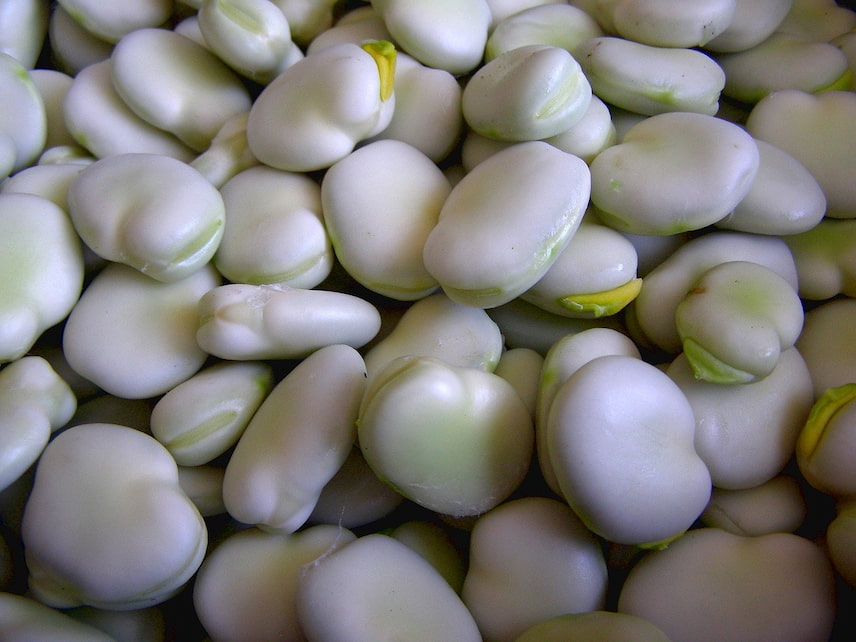
Broad bean seeds
- Subscribe!
- Contents
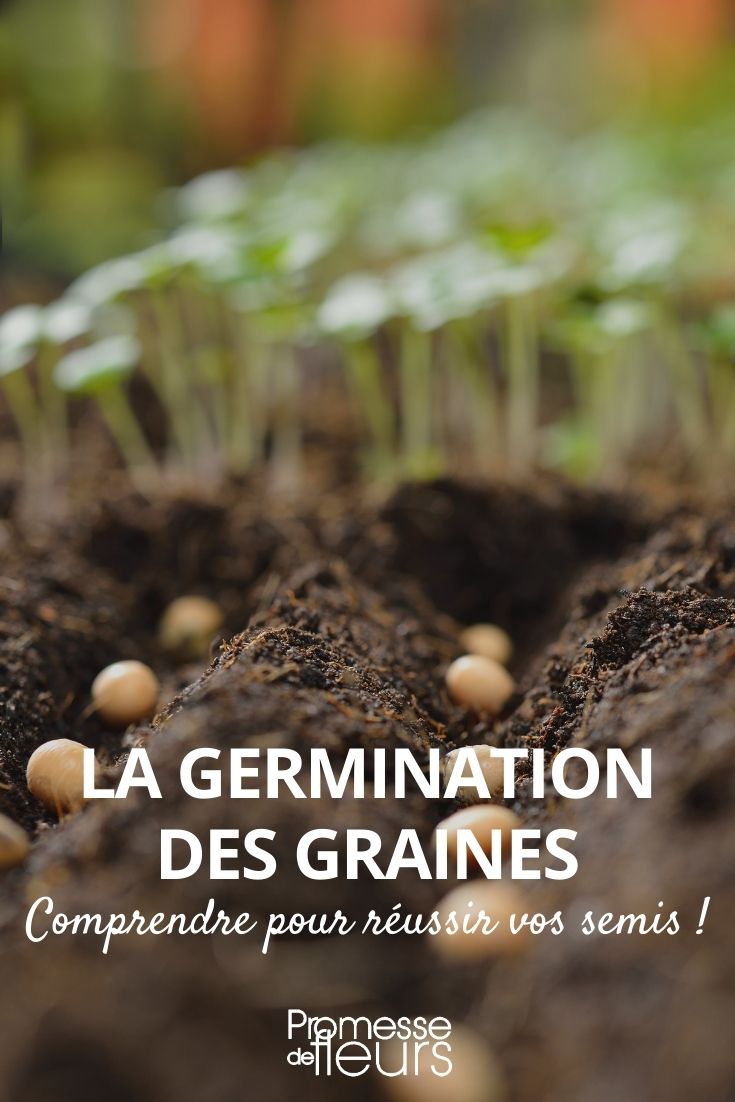































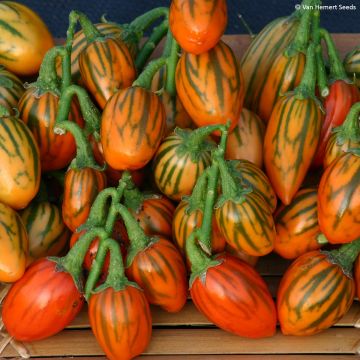
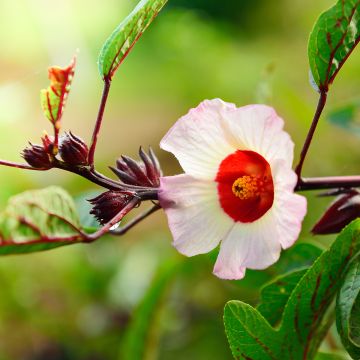
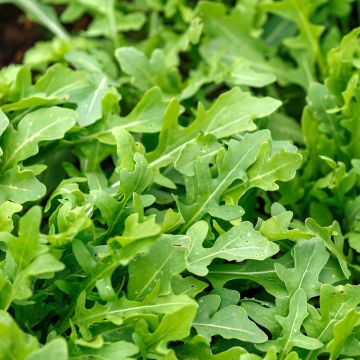
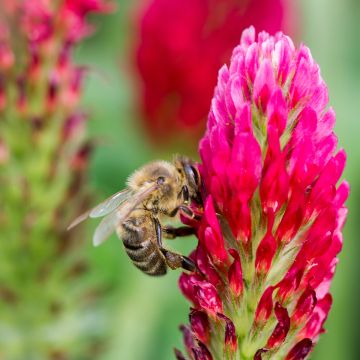
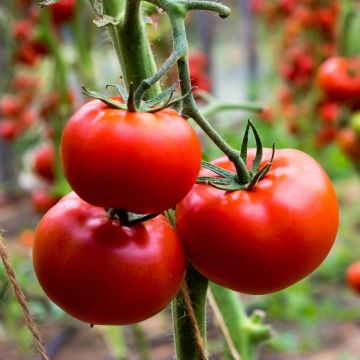
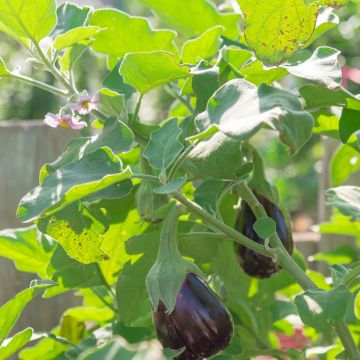
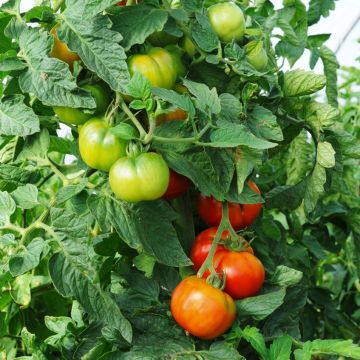
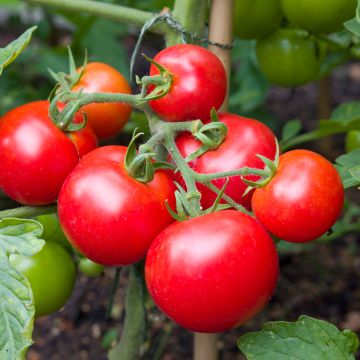
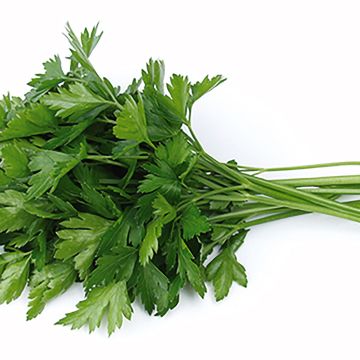
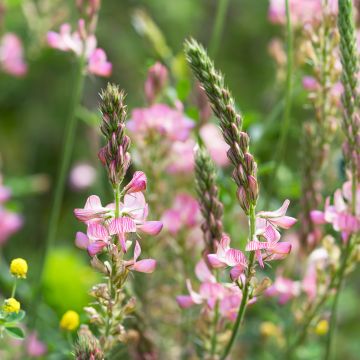
Comments